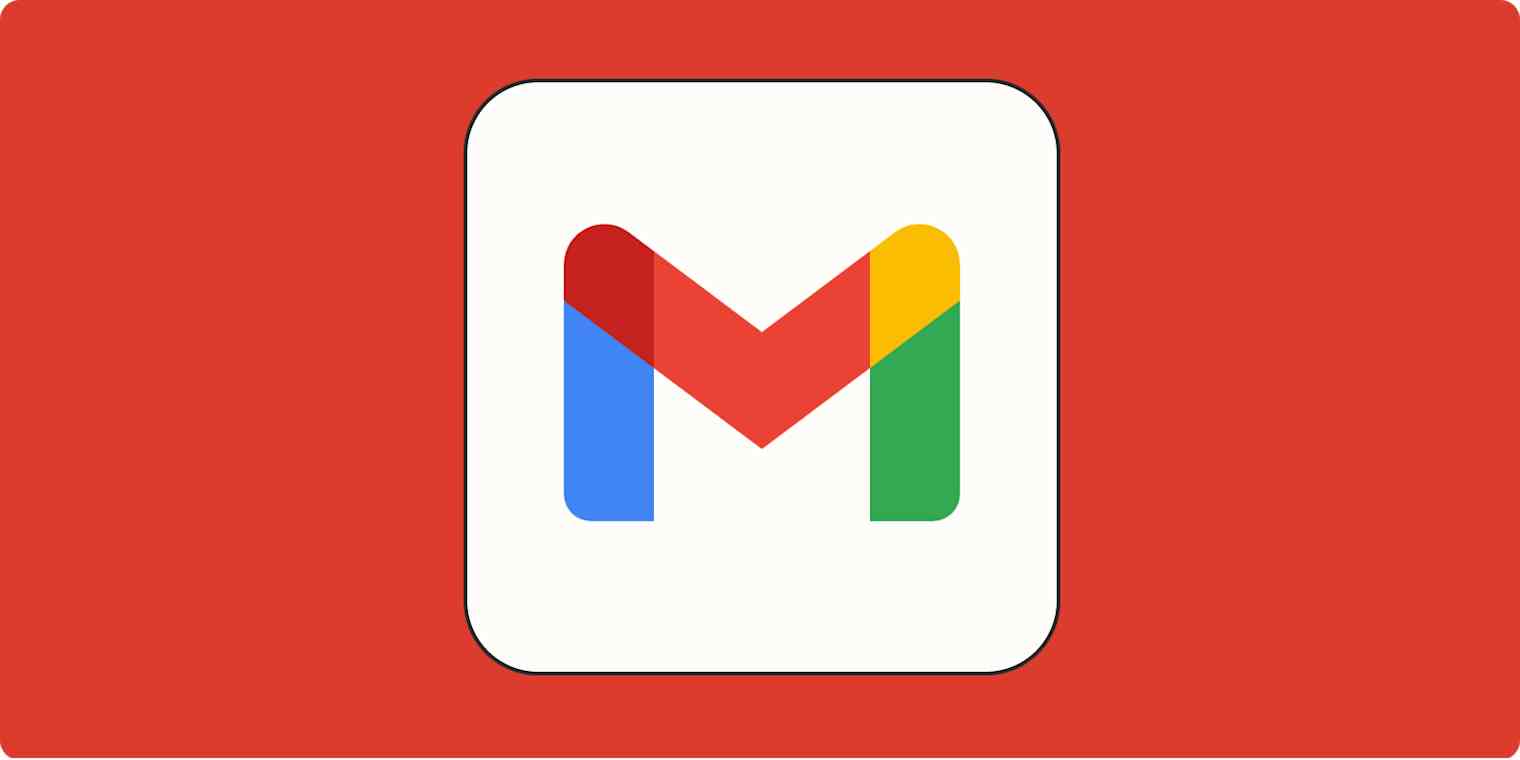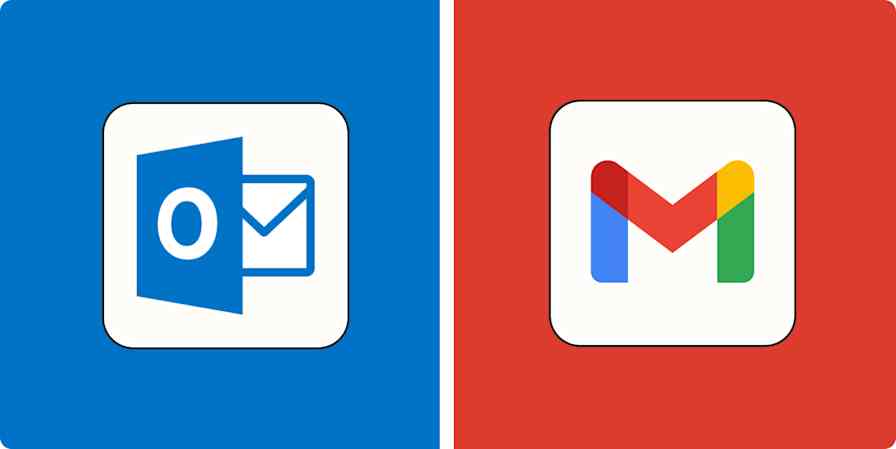App tips
12 min read7 of the best Gmail filters to organize your inbox
Here's how to create filters in Gmail—and the most practical ones to set up now.
By Jessica Lau · February 27, 2024

Get productivity tips delivered straight to your inbox
We’ll email you 1-3 times per week—and never share your information.
Related articles
Improve your productivity automatically. Use Zapier to get your apps working together.






